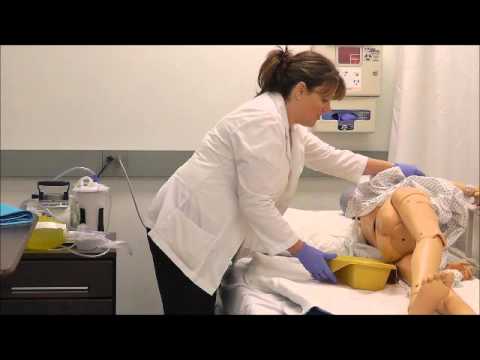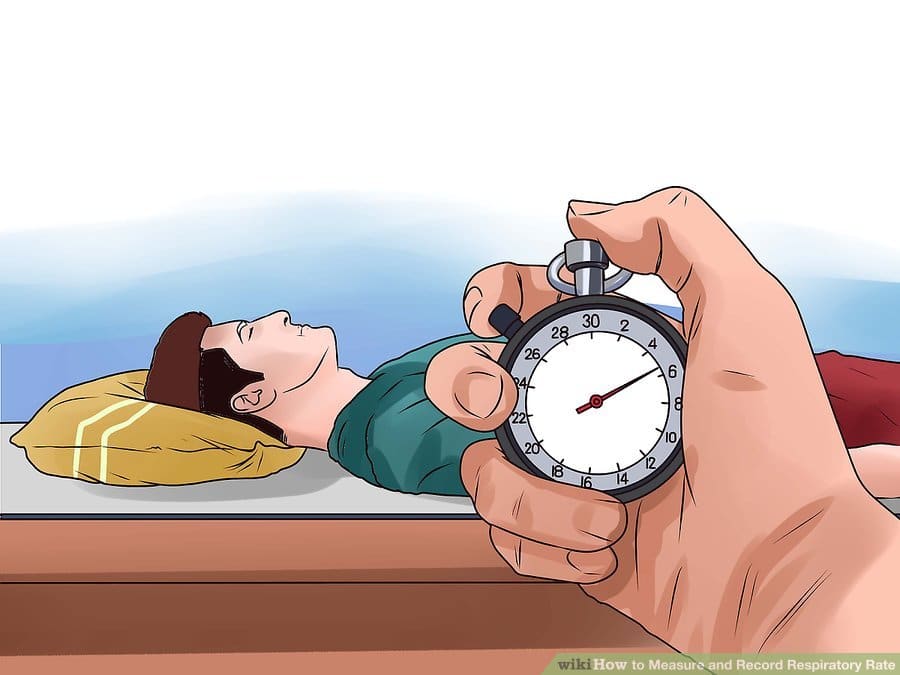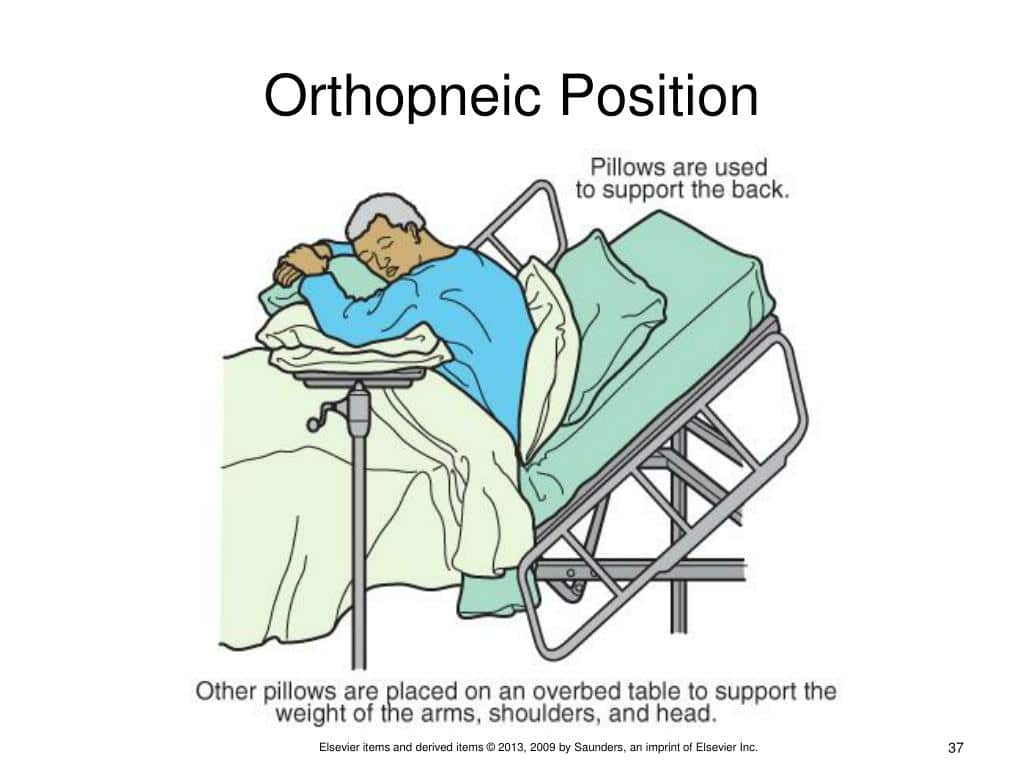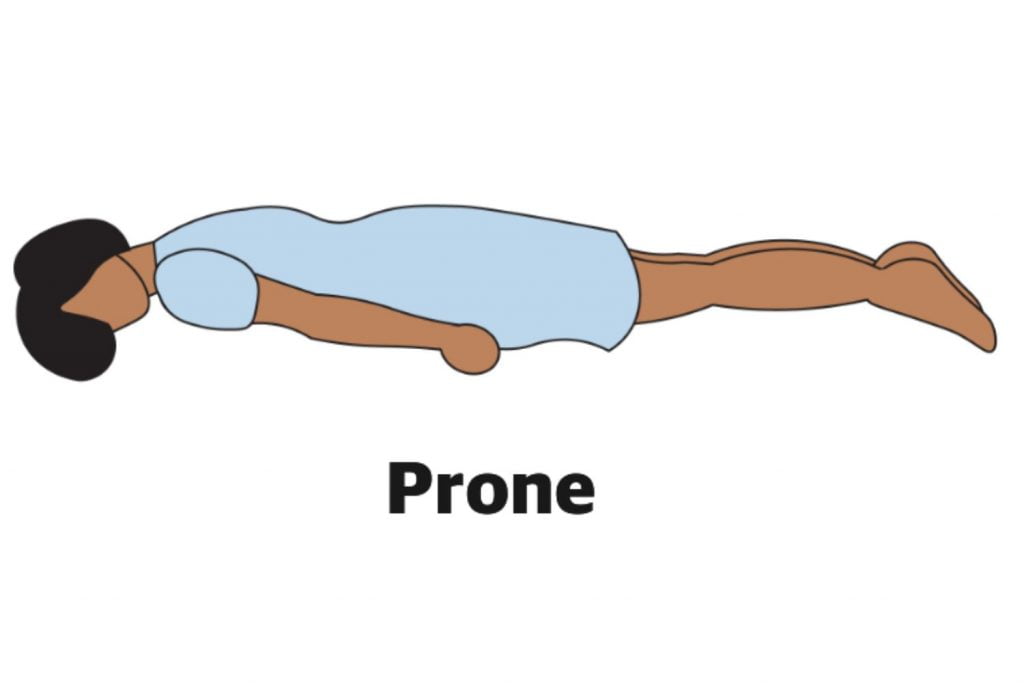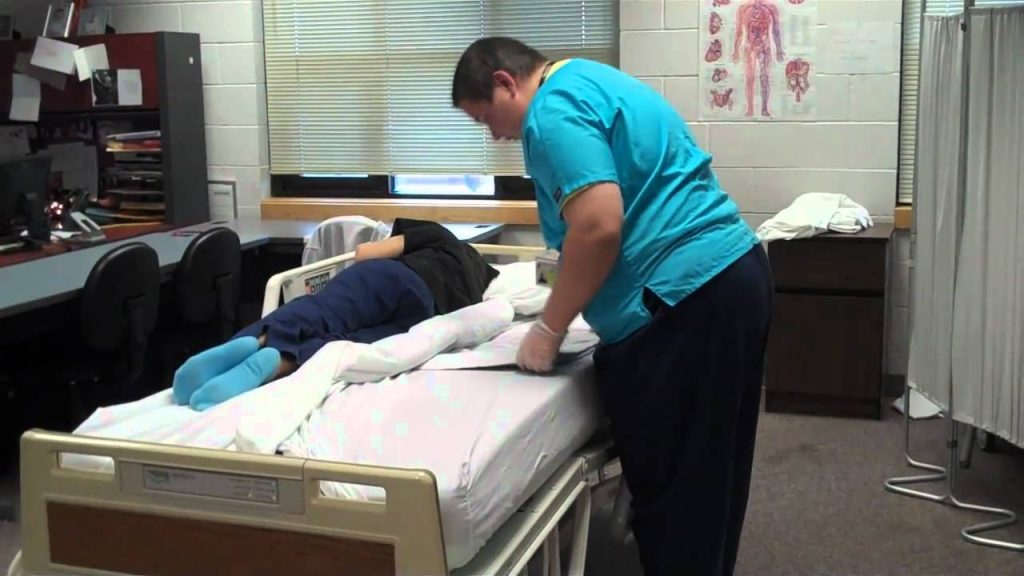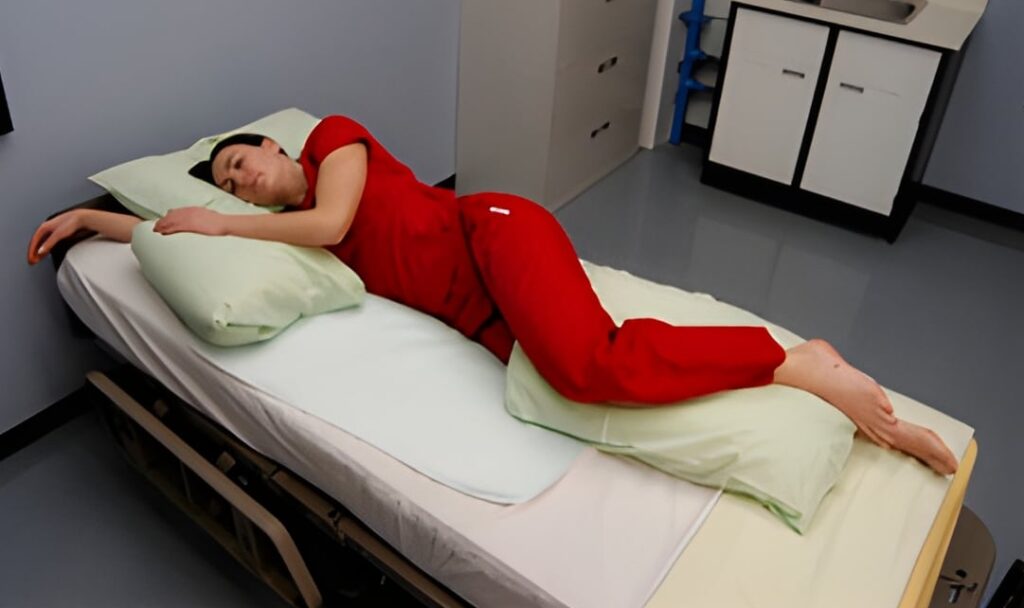Written by Amanda R. McDaniel, MS, BSN, RN
Amanda is a BSN/RN with a MS in Physiology and a BA in English. She worked as a medical writer in the pharmaceutical industry for 11 years before pursuing a career in nursing. She now works as a nurse on a NeuroTelemetry unit and continues to write and edit on a freelance basis. Amanda’s LinkedIn
When a resident is bed-bound, they must use a bedpan to urinate and defecate. This can be embarrassing for the resident, so it should be done with sensitivity to the resident’s privacy and dignity.
There are two types of bedpans. A regular bedpan is the deeper and more rounded of the two. A fracture pan has a relatively flat upper end with a trough at the lower end. Fracture pans are used for residents who have difficulty, or restrictions against, moving their hips and/or backs.
- Gather your supplies.
- Gloves
- Appropriate bedpan
- Toilet tissue or disposable wet wipes
- Clean bedding (if needed)
- Provide the resident with privacy by closing the door or curtain.
- Don gloves.
- Raise the bed to a comfortable working height.
- The resident should be lying on their back (supine).
- Remove the top bedding to provide access.
- If the resident can help with the process:
- Raise the bed to Semi-Fowler’s position.
- Have the resident flex their knees and keep their feet flat on the bed.
- The resident should then raise their hips.
- Slide the bedpan under the resident’s bottom. The trough of the bedpan should be toward the foot of the bed. Do not force the bedpan into place.
- Have the resident lower their bottom onto the pan.
- If the resident is immobile or cannot help with the process:
- Help the resident roll to face away from you. This may require logrolling the resident.
- Place the bedpan against the resident’s bottom and hold it in place as you help the resident back to a supine position. Again, the trough of the bedpan should be toward the foot of the bed.
- Raise the head of the bed to the degree the resident can tolerate.
- Lower the bed back to the lowest position and step away to give the resident privacy.
- It is VERY important to keep the amount of time a resident is on a bedpan to the shortest time possible. The edges of the pan can quickly create pressure wounds.
- If you leave the room, remove gloves and perform hand hygiene.
- To remove the bedpan:
- Raise the bed to a comfortable working height.
- Help the resident clean themselves with toilet tissue or wet wipes. Female residents should always be wiped front to back.
- If the resident can help, have them lift their bottom as they did when getting on the bedpan. Be sure to have at least one hand on the bedpan to prevent spilling. Slide the bedpan from under the resident.
- If the resident cannot help, lower the head of the bed. Help the resident roll to face away from you. This may require logrolling the resident. Be sure to have at least one hand on the bedpan to prevent spilling. Slide the bedpan from under the resident.
- Help the resident back to a comfortable position and perform hand hygiene.
- Change the resident’s linens if they have become soiled.
- Lower the bed back to lowest position.
- Note the type and quantity of waste in the bedpan. Dispose of the waste in the toilet and clean or dispose of the bedpan per institutional policy.
- Remove gloves and Perform hand hygiene.
- Document the procedure and waste per institutional policy. Report any difficulties or change in elimination pattern (ex. diarrhea or blood-tinged urine) to the nurse per unit policy.
References
Bowel elimination and gastric intubation. (2014). In A. G. Perry, P. A. Potter, and W. R. Ostendorf (Eds), Clinical nursing skills & techniques (8th ed., pp. 844-848). St. Louis, MO: Mosby Elsevier.

